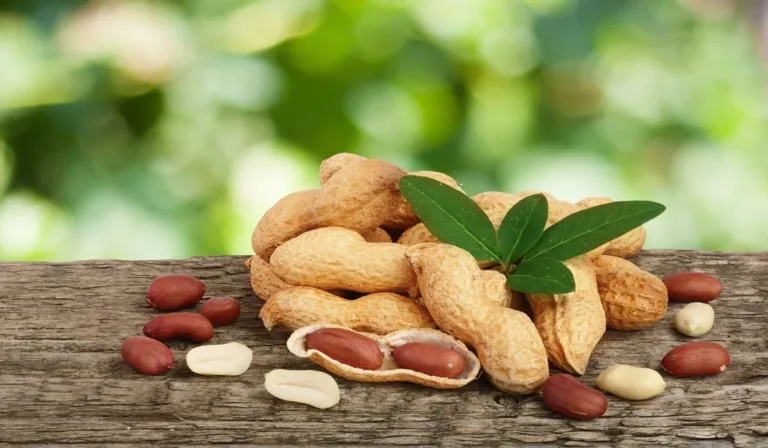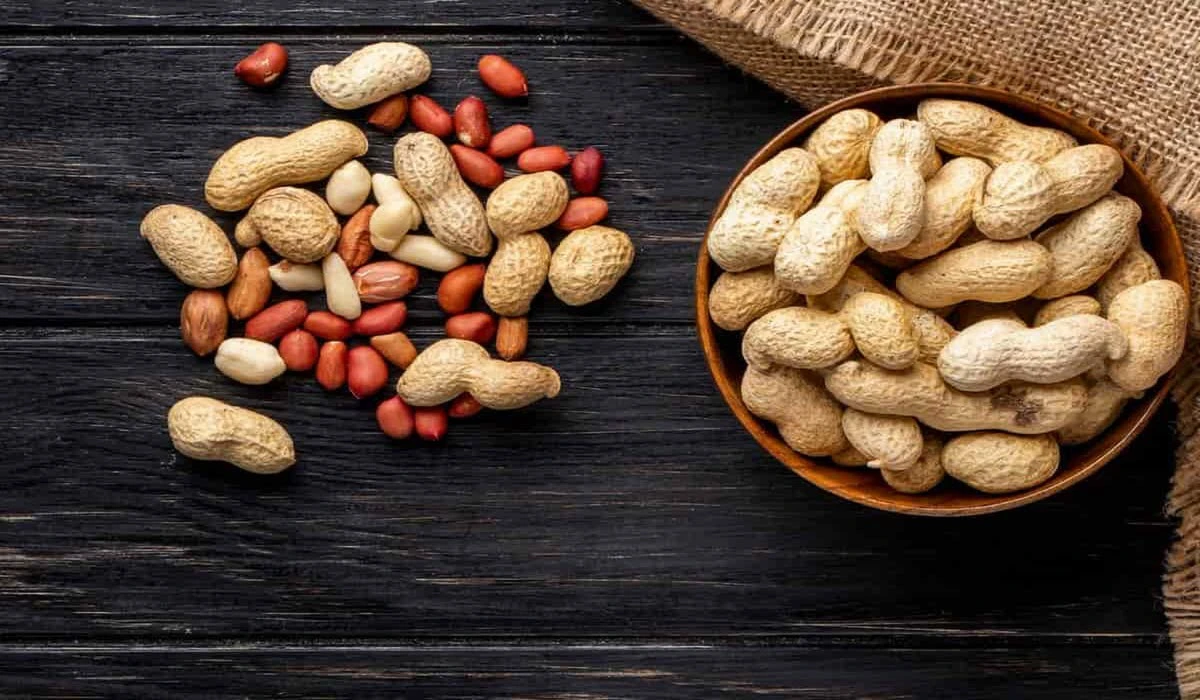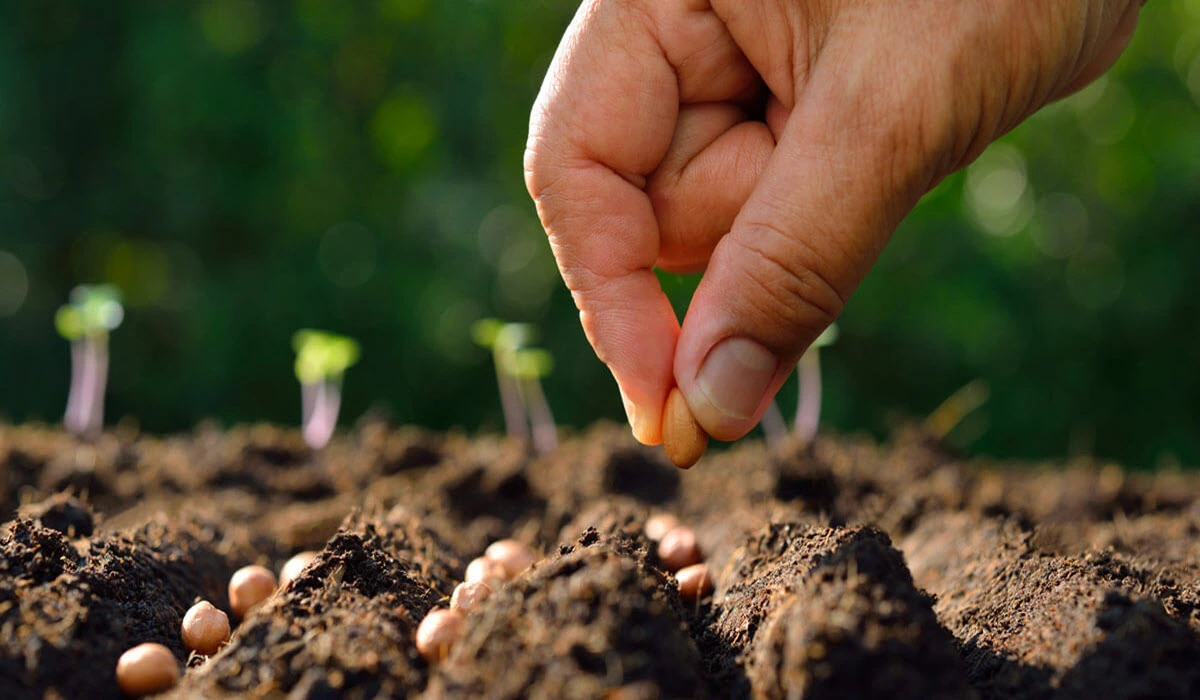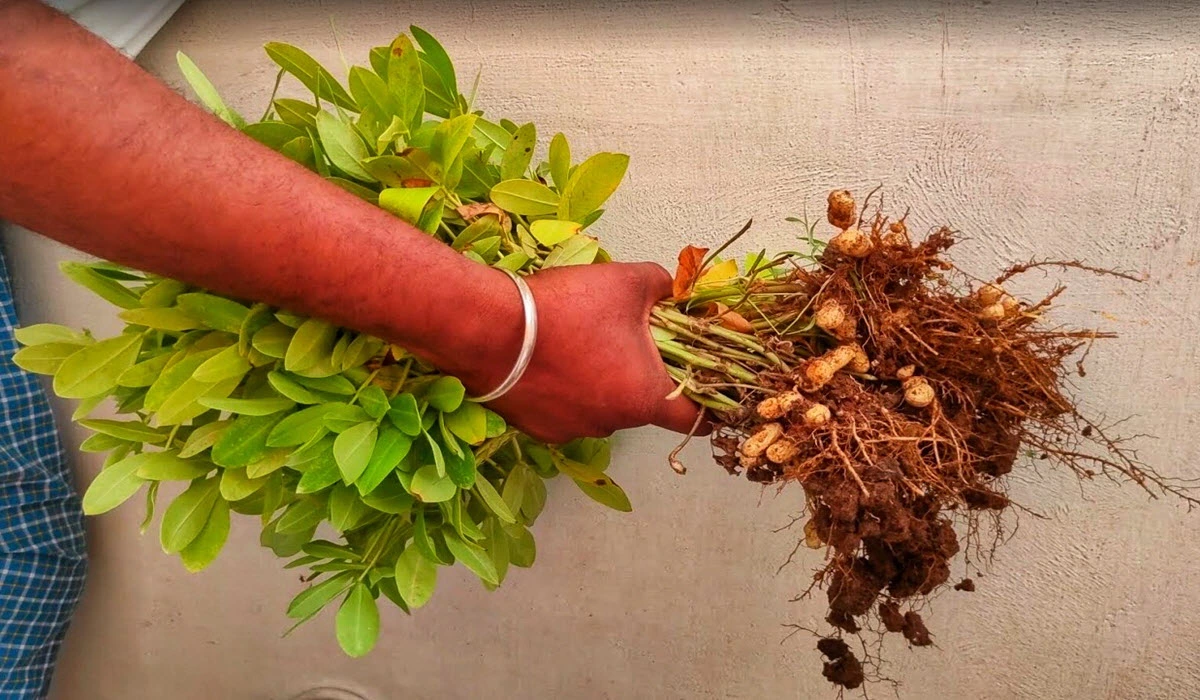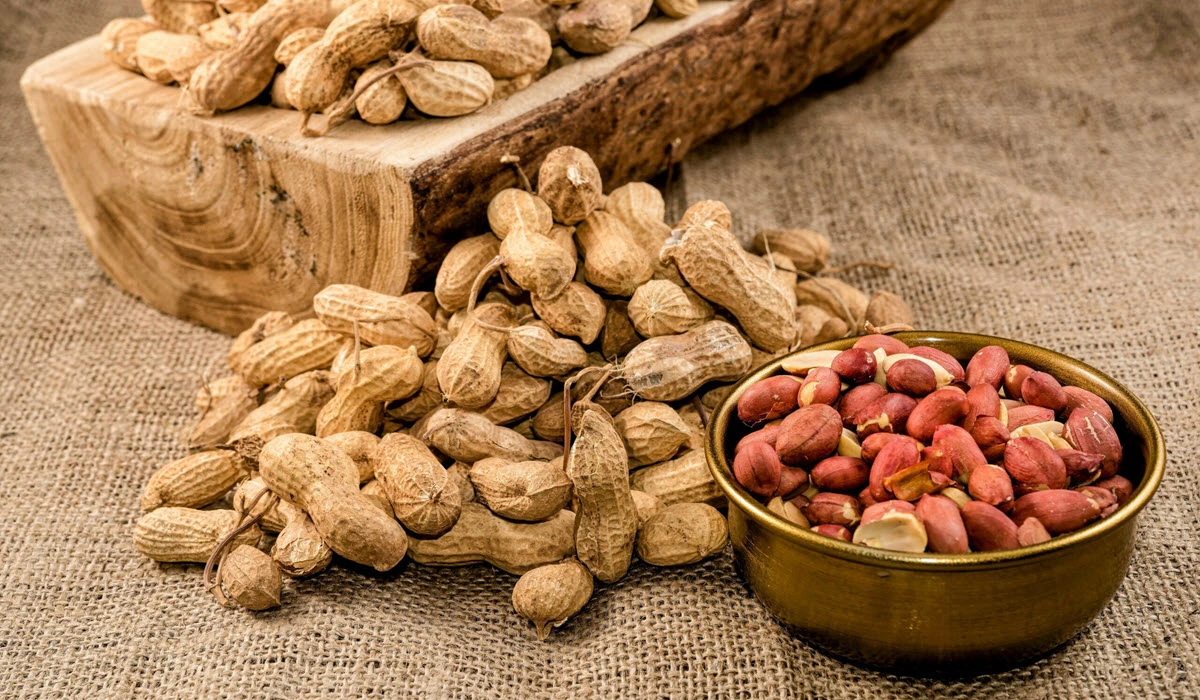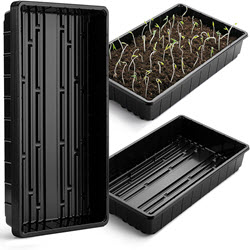Sunflowers are a beautiful and easy-to-grow plant that can add a touch of sunshine to any garden. They come in a range of sizes and colors, from small dwarf varieties to towering giants with yellow or red petals. In this article, we will explore how to grow sunflower plant at home, how to grow sunflowers from seed, how long does it take for sunflowers to grow, how long does it take for sunflowers to grow, how to grow sunflower plant in pots and health benefits of sunflower.
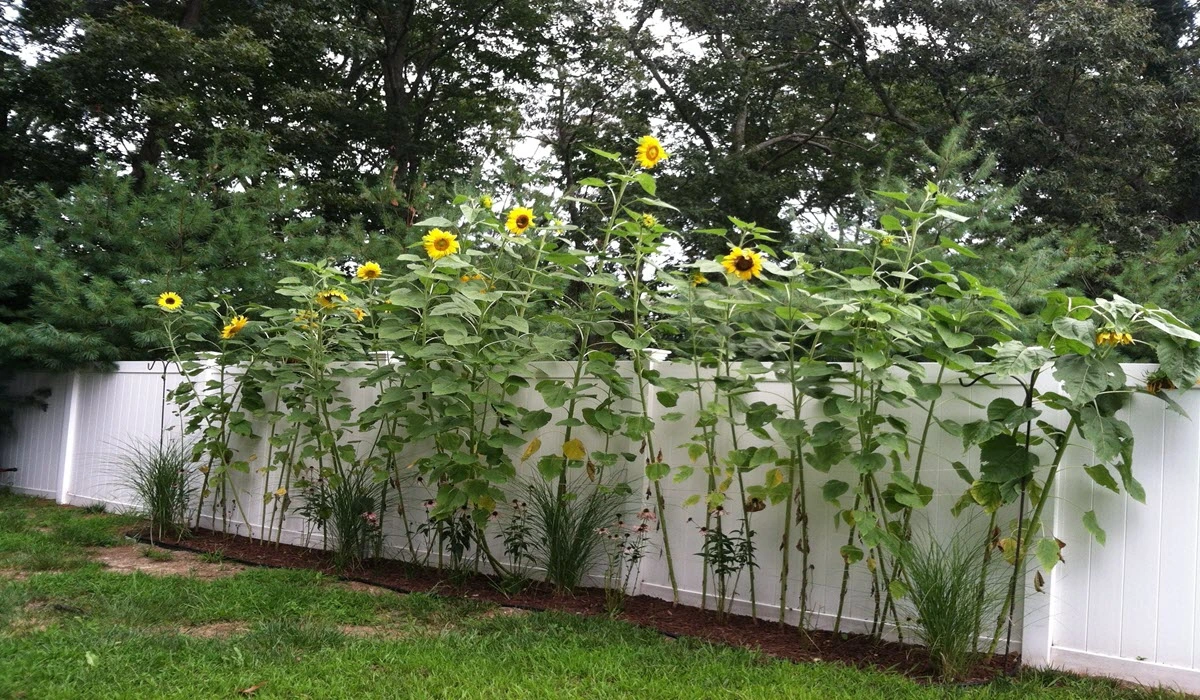
Choose a Sunny Spot: Sunflowers thrive in full sun, so choose a spot in your garden that gets at least six hours of direct sunlight per day.
Prepare the Soil to Grow Sunflower plant: Sunflowers prefer drained garden soil Add natural compost or other organic material to the soil before planting to improve fertility and drainage.
Plant the Seeds: Plant sunflower seeds directly in the garden after the last frost date in your area. Space the seeds about 6 inches apart and plant them about 1 inch deep.

Water Regularly: Sunflowers need consistent moisture to grow, so water them regularly, especially during dry spells. Be careful not to overwater, as this can cause the roots to rot.
Provide Support: Sunflowers can grow tall and may need support to prevent them from falling over in the wind. You can use stakes or cages to provide support, or plant them near a fence or wall for natural support.

|
12-Pack Grow Bags 5 Gallon, Thick Fabric Planter Bags for VegetablesGreatBuddy 12-Pack Grow Bags 5 Gallon, Thick Fabric Planter Bags for Vegetables, Sturdy Handles & Reinforced Stitching, Labels Included, Black |
Protect from Pests: Sunflowers are relatively pest-resistant, but watch out for slugs, snails, and aphids. You can use neem oil for spraying, it will act as a pest controller.
Harvest the Seeds: Sunflowers will produce seeds in the late summer or fall. You can harvest the seeds by cutting off the flower head when the petals have wilted and the seeds have developed. Hang the flower head upside down in a dry, well-ventilated place to dry, then remove the seeds and store them in an airtight container.
Health Benefits of Sunflower
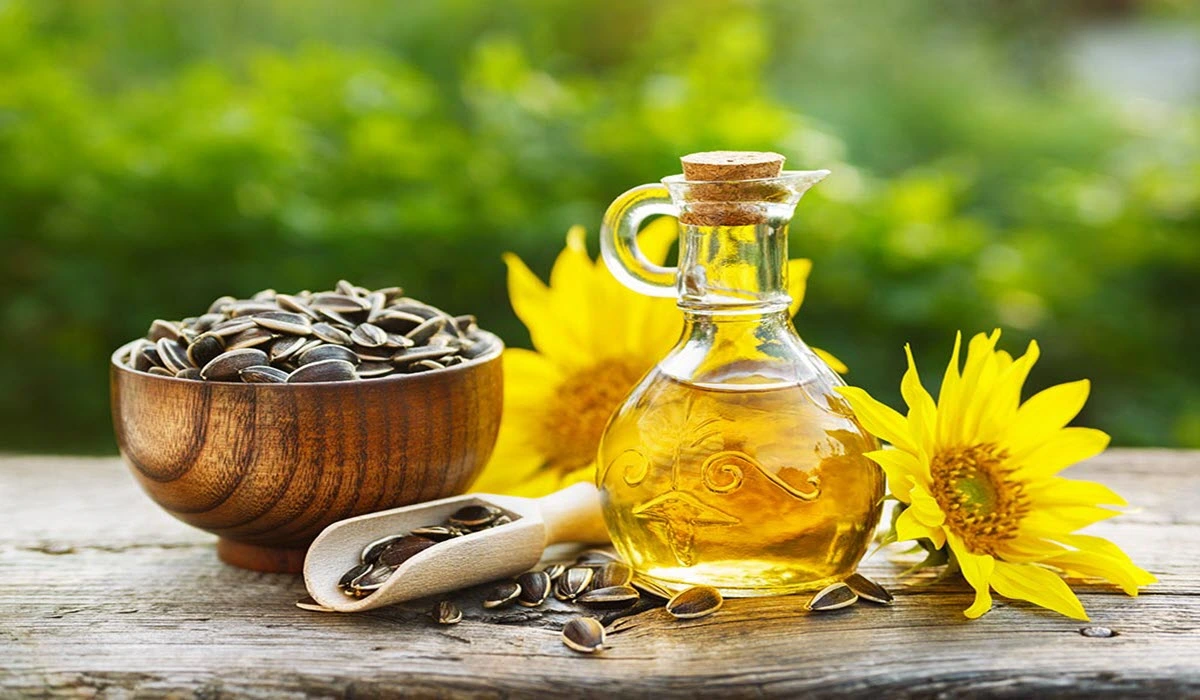
Rich in nutrients: Sunflower seeds are a great source of vitamins and minerals, including vitamin E, magnesium, selenium, and copper. They are also high in protein and fiber.
Boosts Heart Health: Sunflower seeds are rich in good fats, which are healthy fats for the heart, that can help to reduce levels of cholesterol and lower the risk of heart related disease.
Anti-Inflammatory Properties: Sunflower seeds contain compounds such as tocopherols and phenolic acids, which have anti-inflammatory properties. These properties make them beneficial for reducing inflammation in the body and treating inflammatory conditions such as arthritis.
Promotes Healthy Digestion: Sunflower seeds are high in fiber, which helps to promote healthy digestion and prevent constipation.

|
Gardening Gloves for Women and LadiesCOOLJOB Gardening Gloves for Women and Ladies, 6 Pairs Breathable Rubber Coated Yard Garden Gloves, Outdoor Protective Work Gloves with Grip, Medium Size Fits Most, Red & Green |
Supports Healthy Skin: Sunflower keeps skin very healthy. Vitamin E helps to protect the skin from damage from UV rays.
May Reduce the Risk of Cancer: Sunflower seeds contain a compound called selenium, which has been shown to have anticancer properties. Selenium helps to protect cells from damage and prevent the formation of tumors.
May Improve Mood: Sunflower seeds are rich in tryptophan, an amino acid that helps to produce serotonin in the brain. Serotonin is a neurotransmitter that regulates mood and can help to improve feelings of happiness and well-being.
In conclusion, growing sunflowers is a great way to add a splash of color to your garden and provide food for birds and other wildlife. With a little bit of effort, you can cultivate these beautiful and low-maintenance plants and enjoy their benefits all season long.


